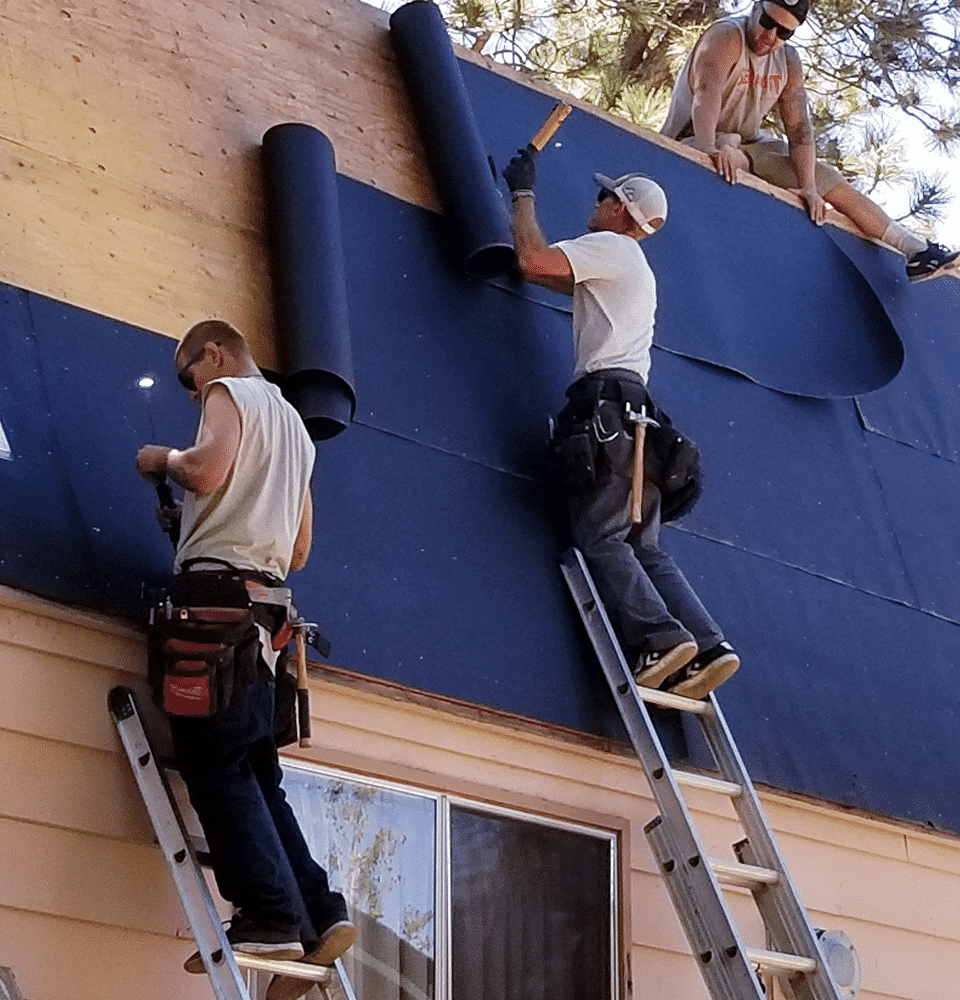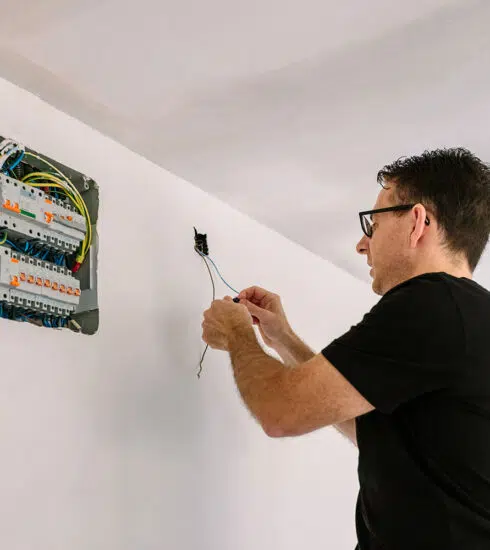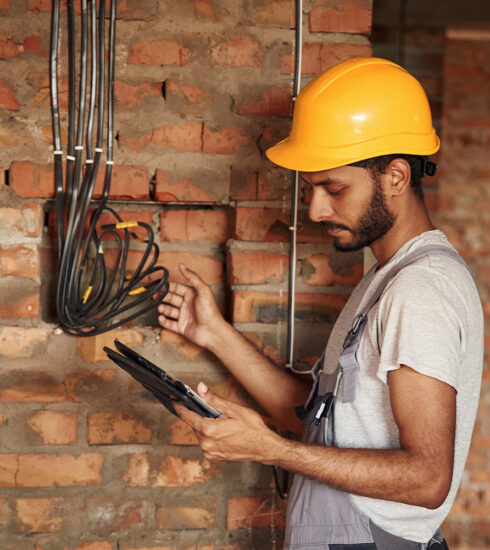6 Things You Should Keep in Mind When It Comes to Your Roof
Are you the proud homeowner of a new home? Then congratulations! Homeownership is undoubtedly one of life’s most important and rewarding investments but it also comes with several responsibilities.
Taking care of your roof may not be at the top of your list, but it should be high up there since making sure that the roof stays in good condition is critical to protecting both you and everything inside from adverse elements such as rain, snow, wind, heat or cold.
Here are 6 things you need to keep in mind when it comes to maintaining a sound and safe roof for years to come.
Regular Roof Inspections and Maintenance
Consistent roof inspections and maintenance are fundamental to catching minor issues before they escalate into serious problems. It’s recommended to have professional roof inspections twice a year — once after the harsh winter and again after the hot summer.
Whether you work with a Moorpark roofer or a roofing company from another location, make sure to schedule an inspection right before the weather becomes extreme and potential issues can be prevented. Some of the things a professional inspector will look for include cracked, missing, or loose shingles/tiles, damaged flashing, clogged gutters, and any signs of water damage or leaks.
Identifying and Addressing Roof Damage
Identifying roof damage is a crucial aspect of roof maintenance. Physical indications of damage may include sagging areas, dark streaks, or visible signs of water leaks inside your house. Further signs can be granules in the gutter (from asphalt shingles), or rusted, loose, or missing flashings around vents and chimneys.
Addressing these damages promptly is key to preventing more significant issues. If you’re comfortable doing minor repairs, you may be able to fix small leaks or replace a few missing shingles. However, for more extensive damage or if you’re unsure about the severity, it’s advisable to hire a professional roofer.
They have the experience and knowledge to properly assess the damage and provide appropriate solutions. Whether it involves repairs or a full roof replacement, a professional can guide you through the process and ensure that your roof is fully restored to its optimal condition.
Weatherproofing and Leak Prevention
Weatherproofing your roof is a proactive measure to enhance its resilience against harsh weather conditions and prevent leaks. It typically involves the application of a protective material or barrier to the roof surface that can repel water, resist wind, and reflect harmful UV rays. High-quality weatherproofing sealants are commonly used for this purpose, offering an additional layer of protection against potential leaks.
For leak prevention, ensure proper attic ventilation and insulation. These two processes work together to prevent condensation buildup in the attic, which can lead to moisture damage and roof leaks. Additionally, keeping your gutters clean and free from debris is key to facilitating proper water drainage, further preventing water from pooling on the roof and potentially causing leaks.
Choosing the Right Roofing Materials
Selecting the right roofing materials is an integral part of ensuring your roof’s longevity and functionality. Various factors come into play, including weather conditions in your area, your home’s architectural style, and your budget. Commonly used roofing materials include asphalt shingles, metal roofing, wood shakes, clay and concrete tiles, and slate.
Asphalt shingles are a popular choice due to their affordability and relatively easy installation, and they come in a variety of colors to match any home style. Metal roofing, on the other hand, is durable, fire-resistant, and ideal for areas prone to wildfires or extreme heat.
Wood shakes offer a rustic aesthetic and good insulation properties but require more maintenance. Clay and concrete tiles are extremely durable and fire-resistant, excellent for hotter climates, but they are heavy and may require additional roof support. Slate is highly durable and can last for over a century, but it is one of the most expensive roofing materials.
Pick The Right Time Of Year For Repairs
Many homeowners tend to wait until their roof is severely damaged before taking action, but this can be a costly mistake. Plan and schedule any necessary repairs or replacements during the right time of year for your area.
For example, in areas with harsh winters, it’s best to schedule work for early fall or late spring when the weather is milder. This will ensure that your roof is in top condition before the harsh winter weather arrives.
Budgeting for Roof Repairs and Replacement
Planning and setting aside funds for roof repairs or replacement is a wise strategy in home ownership. The cost of these services can vary significantly, depending on the size of your roof, the materials used, and the extent of the damage.
It’s advised to get multiple estimates from different roofers to get a clear idea of the potential costs. In general, you can expect to spend anywhere from a few hundred dollars for minor repairs to several thousand for a full replacement.
Maintaining a sound and safe roof is crucial for protecting your home, its contents, and your family. Regular inspections and maintenance, prompt repairs when needed, proper weatherproofing and ventilation, careful material selection, strategic timing for repairs/replacements, and budget planning are all key elements to ensuring the longevity of your roof.
By keeping these things in mind, you can rest easy knowing that your roof will continue to provide the protection and shelter your home needs for years to come.







